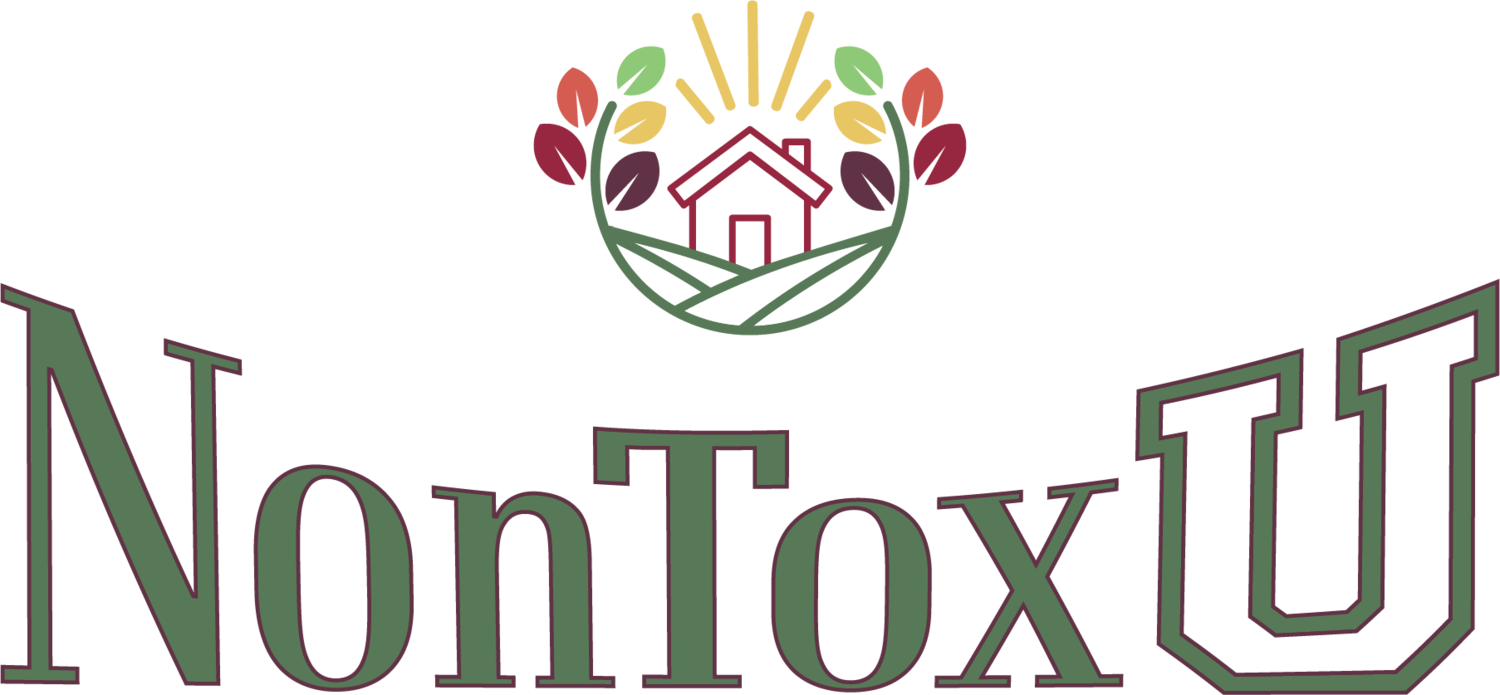Lead in Glass Canning Jars
May 5, 2015 by Debra Lynn Dadd
Question from L Wallace
Hi Debra,
I use glass canning jars with glass lids for almost all of my food storage---I don't actually can with them but I store lots of different foods in the fridge, pantry and freezer with them.
I came across a blogger who used an XRF gun to test these jars and found they had 142 ppm of lead. I called the company and when I asked if the jars were lead-free, they said that no glass is lead-free. They said their jars were tested annually, and that they were made.
In Germany where they said the standards are stricter, and they said that it would be impossible for lead to migrate into the food.
I am confused because I thought glass could be lead-free, which is part of why I was using these jars for my food storage. Is it true that no glass is 100% lead-free? And if this glass isn't lead free (I believe it is soda lime glass) how can you tell what glass is lead-free, other than taking the manufacturer's word for it?
Debra's Answer
Update: July, 2020. Read this for more recent information on lead in glassware.
First. and this goes for everyone, if you tell me you read a blog or watched a video or whatever, PLEASE give me the URL so I can see it too.
I could not find the blog you mentioned so I can't comment on it.
Here's what I know about glass. It's basically melted sand.
Here's a website that describes the different types of glass quite plainly: www.cmog.org/article/types-glass
They say:
Nearly all commercial glasses fall into one of six basic categories or types. These categories are based on chemical composition. Within each type, except for fused silica, there are numerous distinct compositions.
1. Soda-lime glass is the most common (90% of glass made), and least expensive form of glass. It usually contains 60-75% silica, 12-18% soda, 5-12% lime. Resistance to high temperatures and sudden changes of temperature are not good and resistance to corrosive chemicals is only fair.
2. Lead glass has a high percentage of lead oxide (at least 20% of the batch). It is relatively soft, and its refractive index gives a brilliance that may be exploited by cutting. It is somewhat more expensive than soda-lime glass and is favored for electrical applications because of its excellent electrical insulating properties. Thermometer tubing and art glass are also made from lead-alkali glass, commonly called lead glass. This glass will not withstand high temperatures or sudden changes in temperature.
I just don't see that lead would be added for soda-lime glass for any reason.
To the best of my knowledge, I have never heard of any glass containing lead except for lead crystal, which is clearly labeled. I see today online there are some speciality glasses that contain lead, but it's not dinnerware, glassware, or food storage jars.
I don't think it's true that no glass is 100% lead-free, but I am doing more research on this, as it is possible there is something I don't know about this.
What is the URL of the blog post you read?
These are archives of Q&A asked by readers and answered by Debra Lynn Dadd (from 2005-2019) or Lisa Powers (from 2019-2020). Answers have been edited and updated as of December, 2020.
